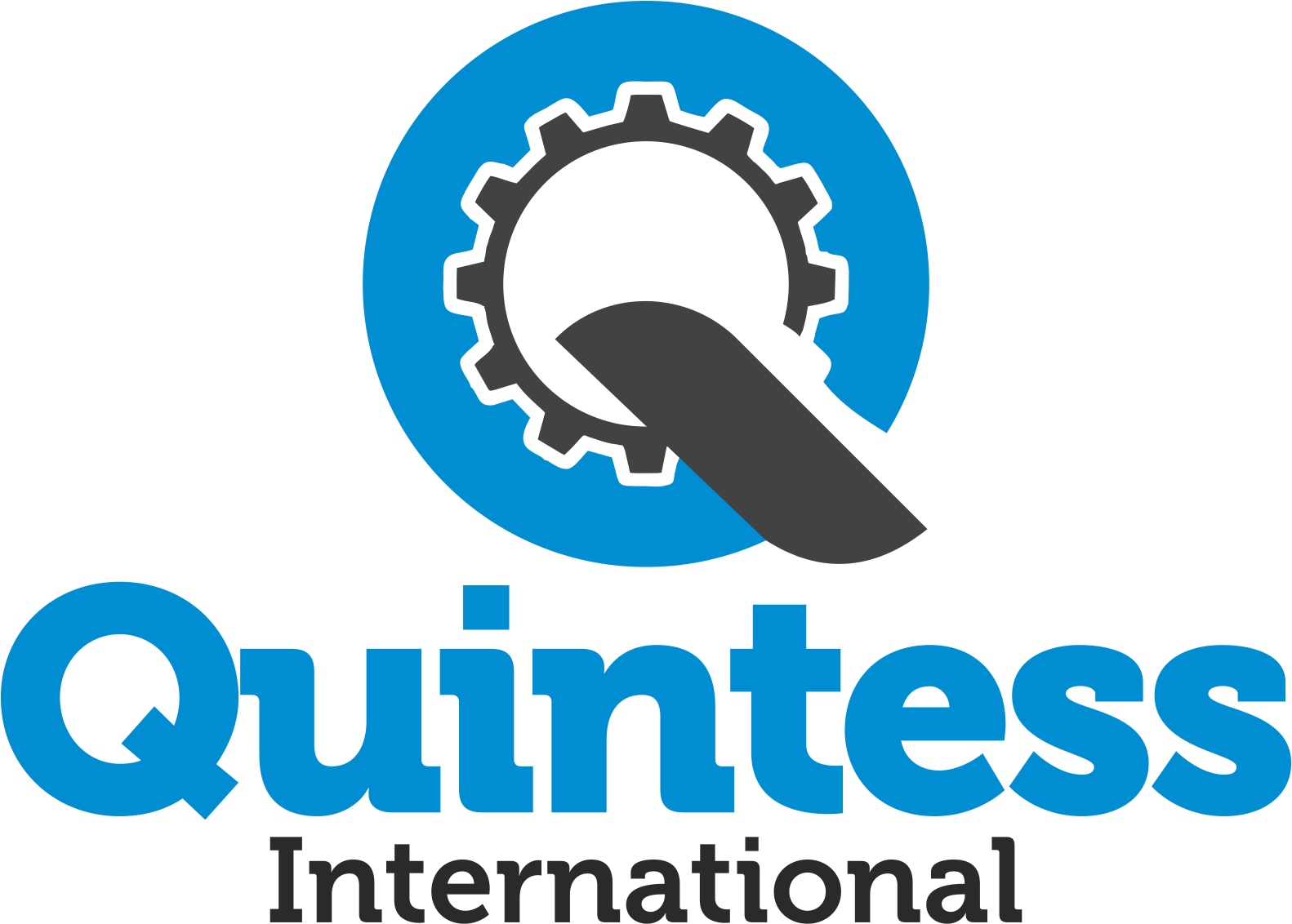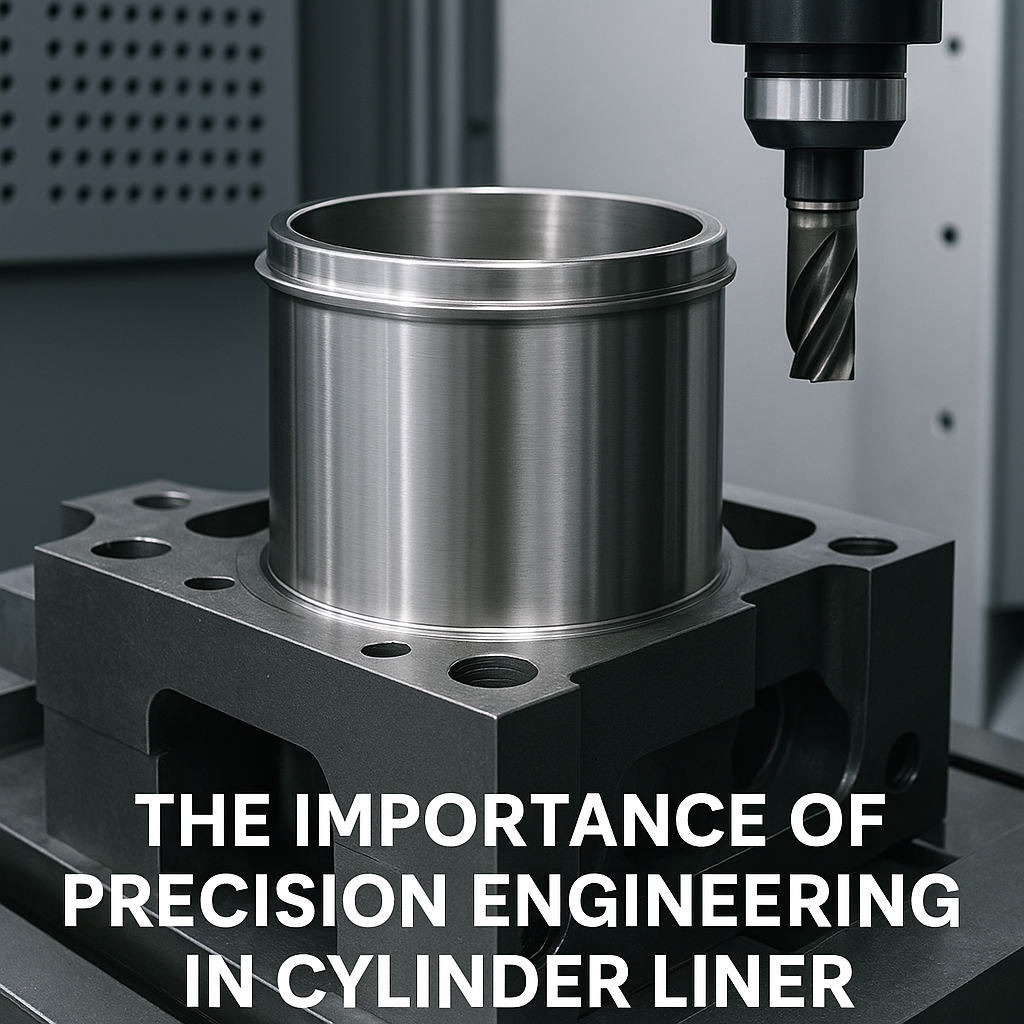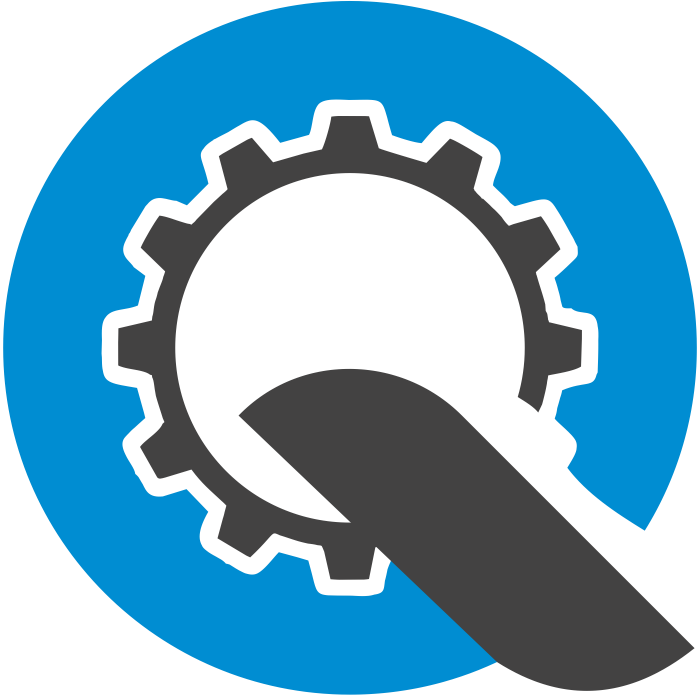Introduction
In the world of modern automotive and industrial engineering, precision is not just a luxury—it’s a necessity. This is particularly true in the realm of cylinder liner production, where the stakes are high and the margins for error are razor-thin. Precision engineering plays a pivotal role in ensuring engine efficiency, longevity, and performance. Without meticulous attention to detail, even the most advanced engines can suffer from inefficiencies that compromise their overall effectiveness. As the demand for high-performance engines increases, so does the importance of precision machining for liners. This growing market trend emphasizes the need for manufacturers to adopt cutting-edge techniques and technologies that enhance accuracy and consistency in production.
What Are Cylinder Liners and Why Are They Important?
Cylinder liners, also known as cylinder sleeves, are key components in the engine block that provide a hard-wearing surface for the piston to travel. These liners serve an essential function, as they act as a replaceable inner wall for the engine’s cylinder, thereby extending the lifespan of the engine itself. Their design is crucial for maintaining optimal compression, which is vital for efficient engine performance, and for preventing wear that can lead to costly repairs or even engine failure.
Furthermore, the quality of the cylinder liners directly impacts the overall efficiency of the engine. High-precision in their manufacturing ensures smooth operation, which translates to reduced friction between the piston and the liner. This reduction in friction not only enhances the engine’s performance but also contributes to optimal fuel combustion, leading to better fuel economy and lower emissions. Ultimately, the quality and precision of cylinder liners are fundamental to achieving the reliability and efficiency that modern engines demand. Thus, investing in high-quality cylinder liners is essential for anyone seeking to maintain or enhance the performance of their engine.
How Precision Engineering Impacts Cylinder Liner Manufacturing
Precision engineering involves highly accurate design and manufacturing practices that aim to reduce tolerances and imperfections. In cylinder liner production, this means:
-
Uniform Wall Thickness: Avoids hotspots and uneven wear.
-
Accurate Boring and Honing: Guarantees a consistent cylinder surface finish.
-
Material Integrity: Maintains hardness and strength through precise casting and machining.
Even the slightest deviation in dimensions can lead to performance issues or engine failure, making precision absolutely vital.
Benefits of Precision Engineering in Cylinder Liner Production
Enhanced Engine Performance
Tightly controlled tolerances lead to less friction and better combustion efficiency, resulting in higher power output and fuel economy.
Extended Component Lifespan
Precision reduces uneven wear and tear, increasing the durability of the liners and reducing maintenance costs.
Better Heat Dissipation
Precisely engineered liners distribute heat evenly, preventing localized overheating and reducing thermal stress on the engine.
Improved Fit and Compatibility
Precision manufacturing ensures a perfect fit with other engine components, minimizing vibration and mechanical noise.
Advanced Technologies Used in Precision Engineering
CNC Machining
Computer Numerical Control (CNC) allows for highly repeatable and accurate machining of cylinder liners with minimal human error.
3D Measurement Tools
Coordinate Measuring Machines (CMM) are used to inspect dimensions and geometry to ensure they meet strict engineering standards.
Surface Finish Techniques
Processes such as plateau honing create the ideal texture for lubrication retention and piston movement.
Material Selection in Precision Cylinder Liner Manufacturing
The choice of material significantly influences the machining process and final performance of the liner. Common materials include:
-
Cast Iron: Offers excellent wear resistance.
-
Alloyed Steel: Provides higher strength and thermal stability.
-
Ceramic Coatings: Enhance surface hardness and reduce friction.
Each material requires specific precision machining approaches to maintain dimensional accuracy and structural integrity.
Challenges in Precision Engineering for Cylinder Liners
-
Thermal Expansion Control: Managing dimensional changes during high-heat operations.
-
Tool Wear and Calibration: Keeping tools sharp and machines calibrated to prevent deviations.
-
Surface Finish Consistency: Maintaining micro-level surface texture across thousands of units.
Despite these challenges, advances in automation and AI are pushing the boundaries of what’s possible in cylinder liner manufacturing.
Quality Control Measures in Cylinder Liner Production
To ensure liners meet performance and safety standards, manufacturers apply:
-
Dimensional Inspections
-
Hardness Testing
-
Surface Roughness Analysis
-
Non-Destructive Testing (NDT) for cracks and porosity
Every step in the precision engineering process is documented and monitored to maintain consistency and compliance.
Applications of Precision Cylinder Liners
Precision-engineered liners are used in:
-
Automotive Engines – For cars, trucks, and motorcycles
-
Marine Engines – Withstand saltwater corrosion and high loads
-
Industrial Generators – Operate under prolonged high-load conditions
-
Aerospace Engines – Require ultra-lightweight and high-strength liners
Why Manufacturers Should Invest in Precision Engineering
Precision manufacturing is not an optional upgrade—it’s a strategic investment. It leads to:
-
Reduced returns and rework
-
Enhanced brand reputation
-
Compliance with international standards (e.g., ISO/TS 16949)
-
Competitive advantage in high-performance markets
Precision Engineering Trends in Cylinder Liner Production
-
Automation and Robotics – Minimize human error and increase production speed
-
Additive Manufacturing (3D Printing) – Emerging in prototyping of cylinder sleeves
-
Smart Monitoring Systems – Provide real-time feedback on machining tolerances
Sustainability in Precision Cylinder Liner Manufacturing
Manufacturers are adopting greener practices such as:
-
Recycling of machining waste
-
Coolant reuse systems
-
Energy-efficient CNC machines
These measures contribute to eco-friendly production while maintaining precision standards.
Conclusion
Precision engineering is the cornerstone of cylinder liner production, directly influencing the performance, reliability, and longevity of engines. This foundational aspect ensures that each component is manufactured to exact specifications, allowing for optimal fit and function within the engine assembly. From tight dimensional control to advanced quality inspections, every step plays a critical role in achieving excellence. These meticulous processes not only enhance the durability of the liners but also contribute to the overall efficiency of the engine.
As automotive and industrial engines continue to evolve, the need for high-performance cylinder liners built through precision machining becomes more vital than ever. With the rise of technologies such as electric and hybrid powertrains, the demand for innovative engineering solutions that can meet stricter performance standards is escalating, further underscoring the importance of precision in this field.
FAQs
What is the role of a cylinder liner in an engine?
A cylinder liner provides a wear-resistant surface for the piston to move, maintaining compression and facilitating combustion.
Why is precision important in cylinder liner production?
Precision ensures consistent performance, reduced engine wear, and compatibility with other components, which boosts overall engine reliability.
What materials are used in precision cylinder liners?
Common materials include cast iron, alloyed steels, and ceramics, selected based on durability and thermal properties.
How does CNC machining improve cylinder liner quality?
CNC machining allows for accurate, repeatable cuts that adhere to tight tolerances, improving fit and performance.



